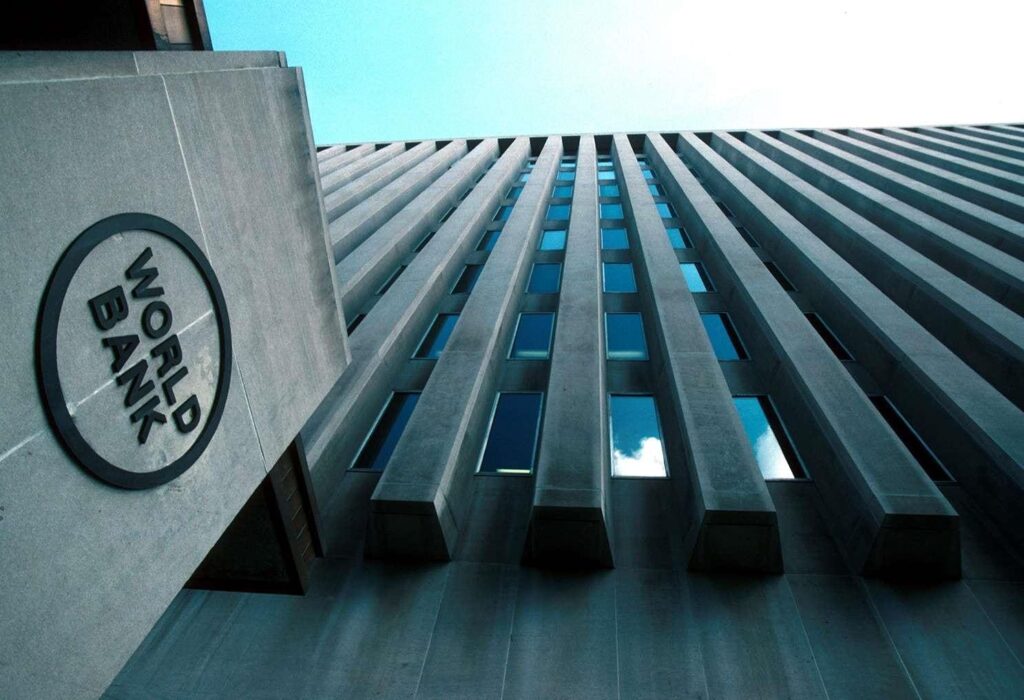

3 min read Last Updated: February 26, 2024 | 10:24 AM IST
The World Bank is committed to women empowerment and is focusing on women-specific housing solutions to provide equal opportunities to women, a senior official said.
Anna Bjerde, World Bank Managing Director for Operations, said that if India were to increase its female labor force participation rate to 50 percent, it would boost its GDP growth by 1 percentage point, which would be huge for a country like India.
The official was in the city recently to inspect a World Bank-backed project and visited Toji, a hostel for women workers in suburban Tambaram, jointly developed by the Tamil Nadu government, the World Bank and the private sector.
TN Chief Minister Stalin inaugurated the hostel in January.
“I think our biggest achievement in focusing on housing solutions for women is that we want to work towards women empowerment and providing equal opportunities to women. With these solutions, some women are studying, others are taking up interesting jobs in IT and manufacturing. This is a testament to the fact that the number of hostels has increased over the last few years, which shows that there is a demand,” Bielde told PTI in a brief interaction.
She said the World Bank would continue to be involved in development programmes for women. “There is a big urban development programme in the state (hostels for working women). This is part of urban development. We would like to see a supportive and successful model that will help increase women’s participation in the workforce,” she said.
When asked if this model of setting up hostels for working women would be replicated in other parts of the world, she said, “You know in many countries the female labour force participation rate is still quite low, but we are hopeful that here in India too, the female labour force participation rate will go up.”
“I think countries with similar demographics and social profiles are trying to grow from lower-middle income to higher-income developed countries and I think there is a lot we can learn from India,” she added.
Bielde elaborated that such a model could be feasible not only in African countries, but also in South and Southeast Asia.
“What’s really interesting about this model is that it involves a public-private partnership and the public sector can’t do everything. There’s a lot the public sector has to do and the private sector brings a lot of innovation and efficiencies. The public sector provides a lot of the problems the private sector can address, like land and long-term financing.”
India has a lot of experience with this model and other countries are also trying to boost women’s participation in the workforce and if there is urbanisation and housing need, this could be a very good solution, she said.
When asked why there is a need for hostels for working women, she said, “What we have found across the world is that even though women make up 50 percent of the population, their economic participation is extremely low. Some countries across the world are doing much better than others.”
“For example, from our analysis in India, if India were to increase female labour force participation to 50 per cent, it would increase India’s GDP by 1 per cent. This is huge as India is a huge economy,” the official said.
(Only the headline and photo of this report may have been modified by Business Standard staff. The rest of the content is auto-generated from a syndicated feed.)
First Published: 26 February 2024 | 10:24 AM IST
Tara Thomas Agency stands at the forefront of the entertainment industry, with years of experience dedicated to nurturing the most exceptional talents and successful acts.